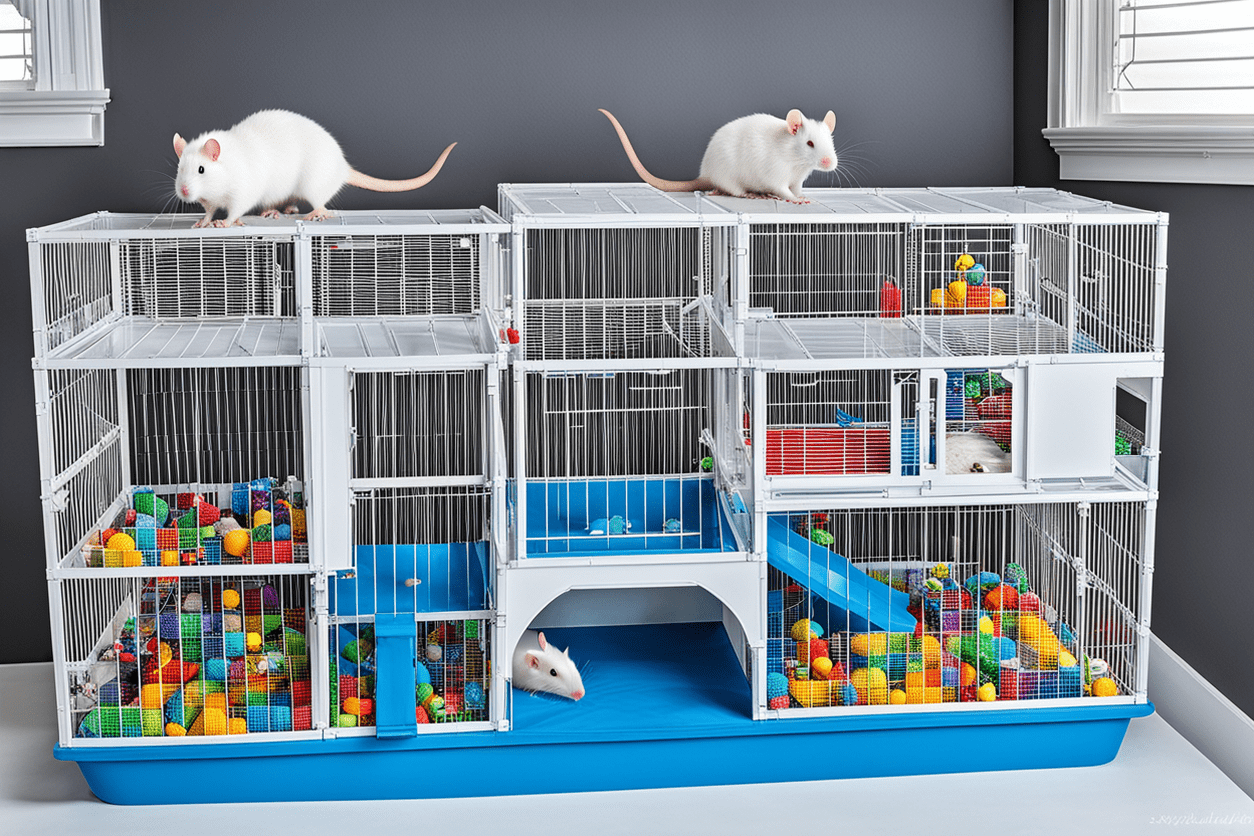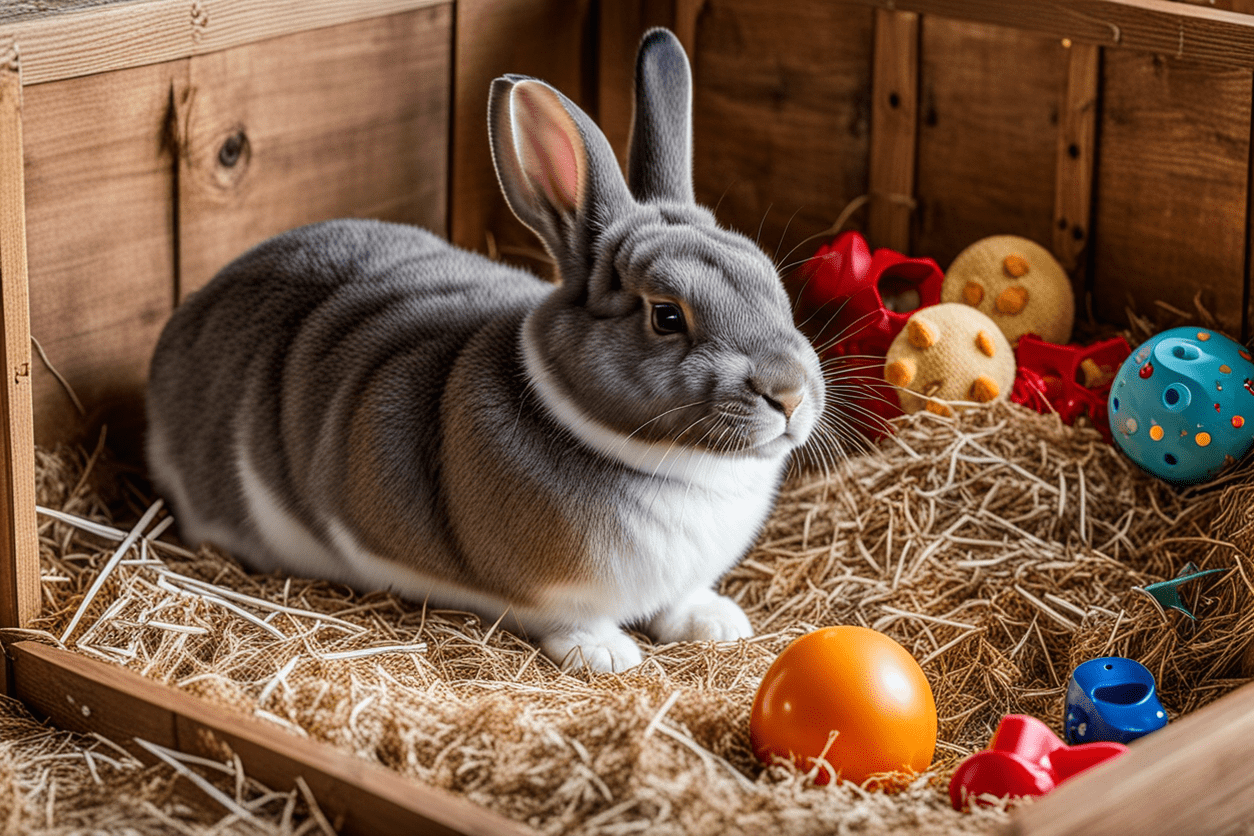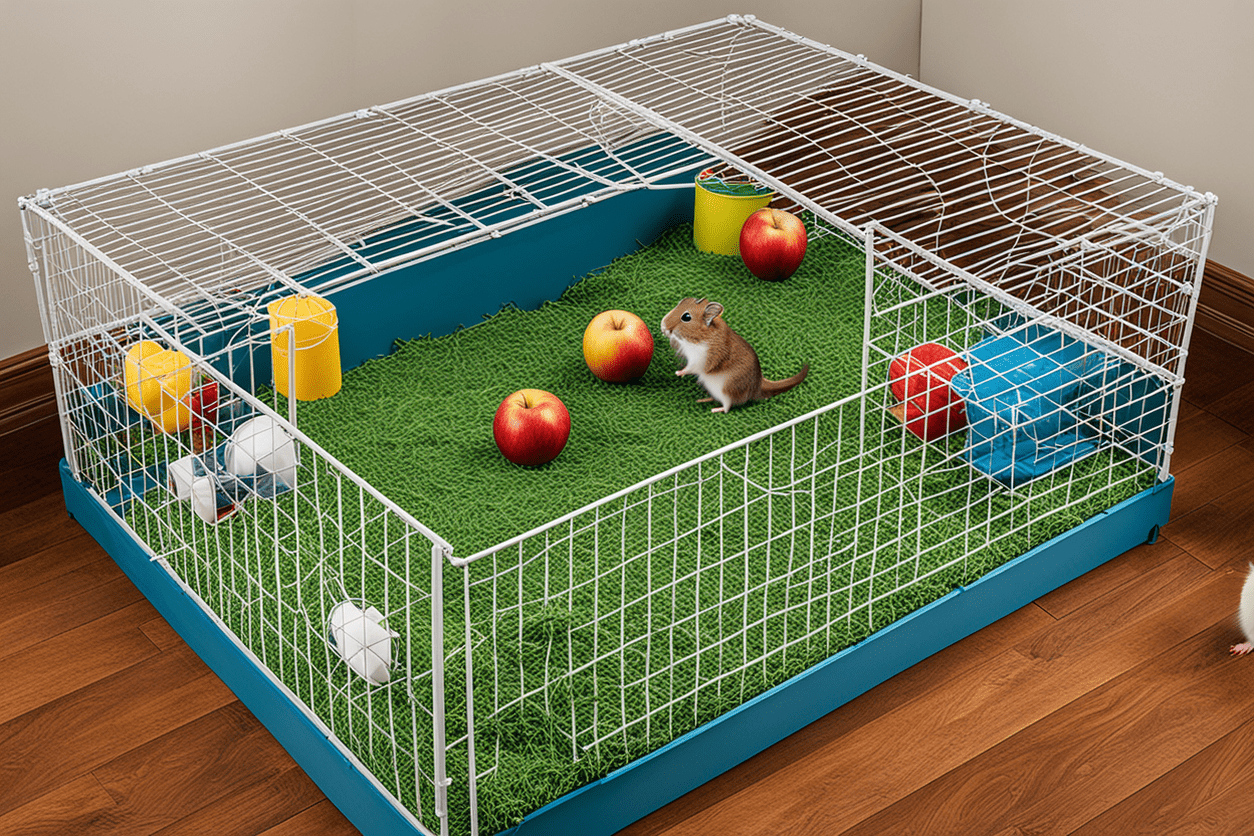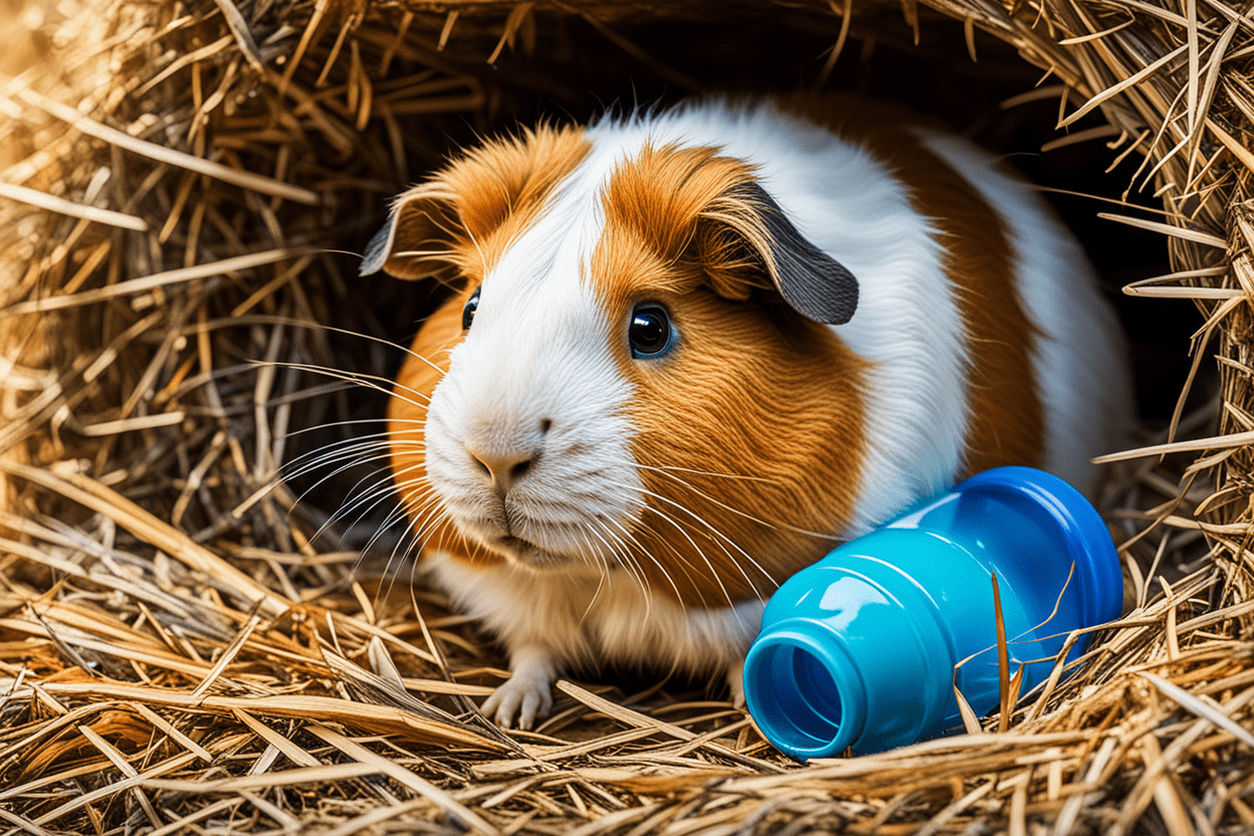Understanding Your Pet's Body Language
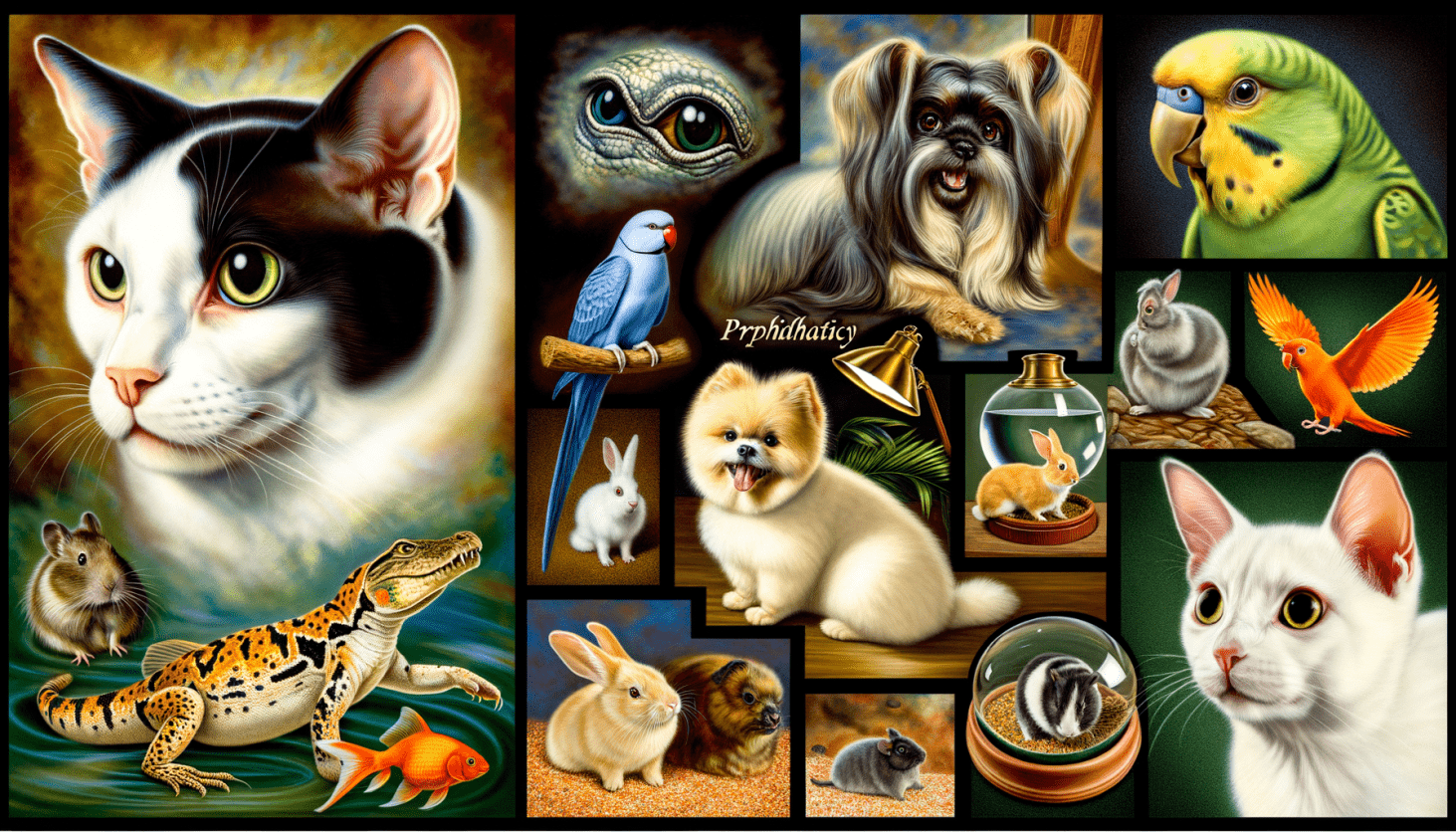
Introduction
Pets have always held a special place in our hearts and homes, offering companionship, comfort, and endless joy. However, as much as we adore our furry friends, understanding their needs and emotions can sometimes be challenging. Unlike humans, pets can't use words to express how they feel or what they need. Instead, they rely heavily on body language to communicate. Understanding your pet's body language can significantly enhance the bond you share with them and ensure their well-being. This guide will delve deep into the body language of cats and dogs, helping you decode their messages and respond appropriately.
The Importance of Understanding Body Language
Understanding your pet's body language is more than just a novelty; it is essential for several reasons:
- Health: Recognizing signs of discomfort or pain early can lead to timely medical intervention and better health outcomes.
- Safety: Knowing when your pet is scared, anxious, or aggressive can prevent potential accidents and injuries for both you and your pet.
- Bonding: Understanding your pet's non-verbal cues can strengthen the trust and emotional bond between you both.
- Training: Effective communication is the cornerstone of successful training. Understanding body language can make training a smoother process.
Decoding Your Dog's Body Language
Dogs are expressive animals and use various body parts to communicate their feelings and intentions.
Tail Wagging
- Neutral and Wagging: A gentle, relaxed wag usually indicates a happy, relaxed dog.
- High and Stiff: When a dog holds its tail high and wags it stiffly, it might be attempting to assert dominance or feel threatened.
- Low or Tucked: A tail that is low or tucked between the legs signifies fear, anxiety, or submission.
Ears
- Erect and Forward: This position often indicates alertness, curiosity, or interest in something.
- Flat Against the Head: Ears that are pinned back usually signal fear, stress, or submission.
- Neutral: Ears in their natural position typically indicate a relaxed and calm dog.
Eyes
- Soft Gaze and Blinking: A calm, relaxed dog often has soft eyes and may blink frequently.
- Wide Eyes: Enlarged pupils and wide eyes can be a sign of fear, anxiety, or excitement.
- Avoiding Eye Contact: Direct eye contact in the canine world can be perceived as a threat. Therefore, a dog that avoids eye contact might be signalling submission or fear.
Body Posture
- Relaxed Stance: A relaxed dog generally has a loose, soft posture and may even lie down or roll over.
- Tense Stance: A stiff, tense posture can indicate stress, fear, or aggression.
- Play Bow: This is when a dog lowers its front legs and keeps its rear end in the air, signalling a desire to play.
Vocalizations
- Barking: Dogs bark for various reasons, including excitement, alert, anxiety, or to get attention. Context and accompanying body language are key to understanding the cause.
- Growling: This is generally a warning sign indicating discomfort or aggression.
- Whining: Whining often indicates that the dog wants attention, is anxious, or is experiencing discomfort.
Decoding Your Cat's Body Language
Cats are more subtle in their body language compared to dogs, but they are equally communicative if you know what to look for.
Tail Movements
- Upright Tail: A vertical tail usually signifies a happy and confident cat. An upright tail with a slight curve at the top often means your cat is relaxed.
- Puffed-Up Tail: A bushy, puffed-up tail indicates fear or aggression.
- Twitching Tail: A tail that twitches or lashes back and forth can signal irritation or excitement.
Ears
- Forward and Erect: This position usually indicates curiosity or attentiveness.
- Flattened Ears: Ears pinned back against the head signify fear, aggression, or extreme displeasure.
- Moving Ears: Rapid ear movement in different directions can indicate that the cat is on high alert.
Eyes
- Slow Blinking: When a cat slowly blinks at you, it is often seen as a sign of affection and trust.
- Dilated Pupils: Enlarged pupils can indicate excitement, fear, or aggression.
- Narrowed Eyes: Squinting eyes often signal contentment, but in a stressful situation, narrowed eyes can indicate readiness to defend itself.
Body Posture
- Loaf Position: When a cat tucks its paws under its body, it usually means the cat feels safe and relaxed.
- Arched Back: An arched back can indicate fear or aggression, often accompanied by puffed-up fur.
- Side-Lying: If a cat shows its belly, it can be a sign of trust. However, this is not always an invitation for a belly rub.
Vocalizations
- Purring: While purring is generally a sign of comfort and contentment, cats sometimes purr when they are in pain or anxious.
- Meowing: Meowing can indicate a range of emotions including hunger, excitement, or attention-seeking. Each cat has its own unique way of communicating through meows.
- Hissing: Hissing is a clear sign that the cat feels threatened and is ready to defend itself.
Cross-Species Interactions
Understanding the body language of both cats and dogs becomes particularly crucial in households with both types of pets. Here are some common scenarios and what to look out for:
Initial Meetings
When introducing a cat and a dog for the first time, it's important to monitor their body language closely to ensure a smooth transition.
- Dog: Pay attention to stiff tails, excessive barking, or an overly-intense focus on the cat.
- Cat: Look for signs like flattened ears, puffed-up tails, or hissing.
Coexistence
In a multi-pet household, understanding each other's signals can go a long way in maintaining harmony.
- Respect Zones: Ensure both pets have their own safe spaces where they can retreat.
- Monitor Interactions: Keep an eye on their interactions, especially during feeding times, to ensure neither pet feels threatened or stressed.
Tips for Responding to Body Language
Recognizing your pet's signals is the first step; properly responding to these signals is equally important.
- Stay Calm: Pets can pick up on our emotions. Staying calm can help soothe an anxious or scared pet.
- Respect Personal Space: If your pet shows signs of discomfort, give them space and time to relax.
- Positive Reinforcement: Rewarding positive interactions can encourage desirable behaviors.
- Consult a Professional: If you're ever unsure about your pet's body language or behavior, consulting a vet or professional trainer can provide valuable insights.
Conclusion
Understanding your pet's body language can transform your relationship with them, making it deeper and more meaningful. While cats and dogs have different ways of expressing themselves, learning to read their signals can lead to a happier, healthier, and safer coexistence. By paying close attention to their tails, ears, eyes, body posture, and vocalizations, you can become more attuned to their needs and emotions, ensuring a fulfilled and harmonious life together.

